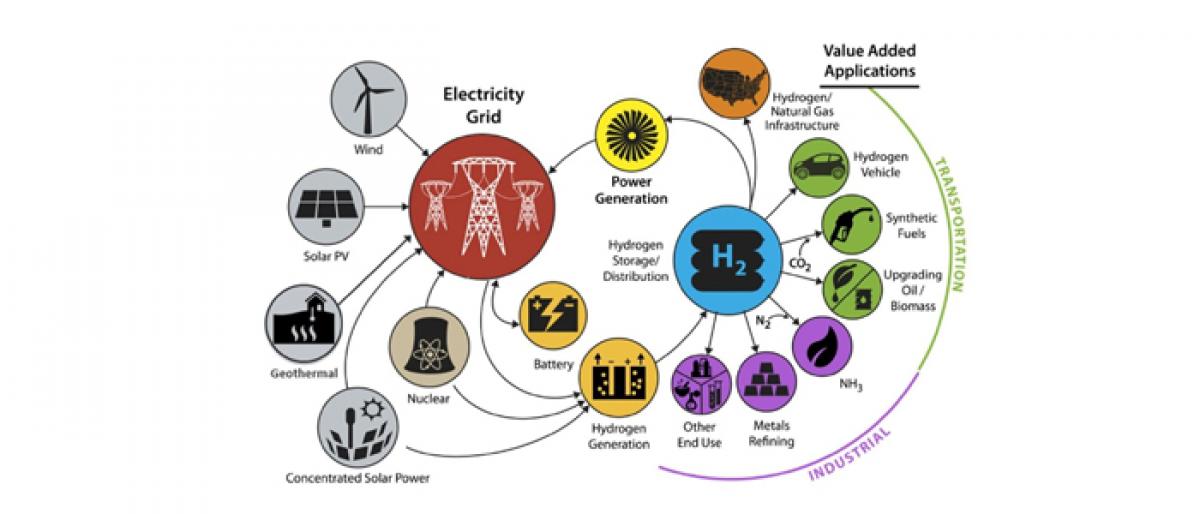Live
- PM Modi working to make India a developed nation: Rao Inderjit Singh
- 37-field line-up for first ever Rifle/Pistol Olympic Selection Trials
- Trinamool manifesto promises to repeal CAA, discontinue NRC, not implement UCC
- Zimbabwe bring in Courtney Walsh as coaching consultant for Women’s T20 World Cup Qualifiers
- Rama Rajya will continue under the Leadership of Jagan in Andhra Pradesh
- Open to anything, says Microsoft worker who was laid off after 3 decades of service
- Youth Leaders from YCP Join TDP in Kadiri Constituency
- Apple iPhone 16 Pro May Introduce Advanced Anti-Reflective Camera Lens
- Vamsikrishna Srinivas Receives B-Form from Janasena Chief Pawan Kalyan for Southern Constituency Alliance
- LS polls: Campaigning ends for 1st phase of voting in 15 constituencies in 8 NE states









